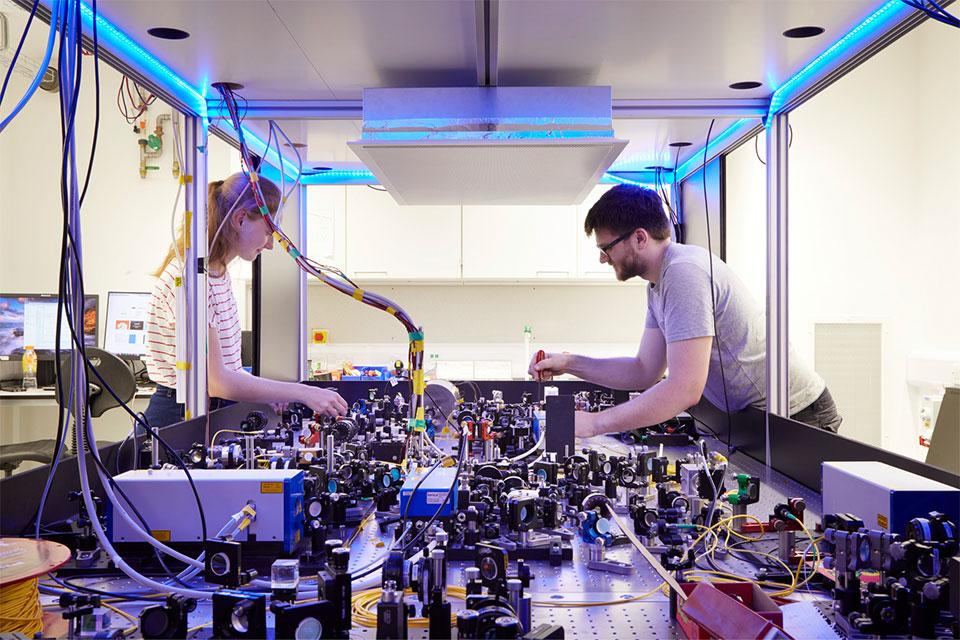Beecroft Building
Abstract
Superconducting imaging arrays and coherent receivers have revolutionised submillimetre-wave and far-infrared (3 mm - 20 μm) astronomy, and an exciting new generation of ground-based and space-based observatories is now being made possible by this extraordinary technology. Worldwide, a new generation of highly innovative quantum physics experiments is also being enabled by the development of superconducting sensors; such as the search for dark matter, the measurement of the mass of the neutrino, and probing the nature of space time through precision laser interferometry. There is no doubt that superconducting quantum sensors will be essential for fundamental physics for several decades to come, and the UK should continue to invest in this important area of science.
In the talk, I will give an introduction to the general field of superconducting quantum sensors, talk about a variety of device types and how they exploit different aspects of the superconducting state, the materials and fabrication techniques needed to realise them, describe the physical origins of their imperfections, and give an insight into the coming decade. For example, the ability to generate, amplify, and manipulate squeezed states at microwave and millimetre wavelengths, and the ability to probe the vacuum state, will lead to the whole notion of quantum systems engineering, and large-scale quantum microcircuit manufacture. The development of superconducting quantum sensor technology is a highly intellectually rewarding area of study in its own right, and represents a massive opportunity to innovate and deploy new experimental techniques that will open up hitherto unexplored regions of parameter space in major areas of fundamental physics.

